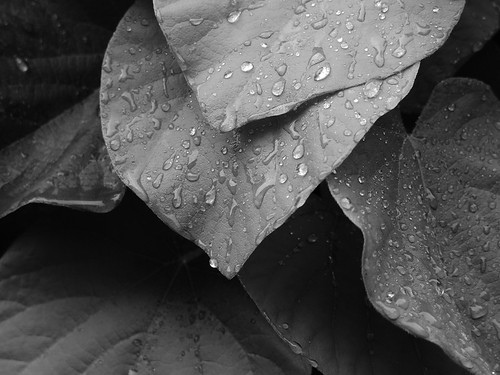Recently I have been reading good books (in Finnish translations): "Accordion Crimes" by Annie Proulx, "El libro de arena" by Jorge Luis Borges and "L'écriture ou la vie" by Jorge Semprún.
It is remarkable how much easier it is to read books in your native language, something I haven't done much recently but now have started to enjoy again.
If I read a book in English or Swedish, it takes days, sometimes weeks. But in Finnish, it is not uncommon to finish a book in a day. (And there is plenty of time for reading if you don't watch tv. You even can get to bed early after finishing the book.)
Recently I have been thinking whether black and white photography might really be the native language for me. After all, when I was young color photographs were rare in newspapers and books. Even the television was black and white for a long while. And in the northern parts of Finland, there are days when the sight is adapted to the dark and you don't see colors for hours.
It may thus be that black and white is a natural way of seeing, despite the attraction of the color. This needs to be explored a bit more.
Returning to the topic of language and the matter of translating, I must thank the excellent translators we have here in Finland. We have a great opporturnity to read classic books in Finnish. This is a profession all too often underrated.
Which reminds me of "Tao Te Ching", the Derek Lin translation into English. It so happens that there is also a Finnish translation by Pekka Ervast dating from 1925 available on the net. But this text is (at least to me) mostly either completely incomprehensible ("lost in translation") or extremely misleading, at least compared to the Derek Lin version.
There are several other Finnish translations, which I haven't looked at in detail. Today I got from the local library "Laotse, Tao te ching" translated by Pertti Nieminen. Nieminen made the translation originally in 1956, but my slightly edited version dates from 1986.
This translation is very good, including the preface where Nieminen tells how the original taoist philosophy was corrupted into "vulgar taoism" which all but erased the original thinking.
Nieminen has translated a lot of Chinese poetry into Finnish with excellent results. I have several of his books but didn't realize until now that he has translated also Tao Te Ching.
I got also another translation into Finnish, titled "Dao De Jing - salaisuuksien tie". This is based on a version edited by Gia-Fu Feng and Jane English and translated into Finnish by Annikki Arponen. My feeling is that this book is much more verbose, and not so clear as the version by Nieminen.
In any case, reading Nieminen's translation already cleared up a few difficult lines. This is a good (although perhaps not definitive) version to start reading Tao Te Ching in Finnish.
Wednesday, August 19, 2009
Foreign vs native language - color vs black and white
Subscribe to:
Post Comments (Atom)





2 comments:
I poured through about 20 different English translations of the Tao. The one that most resonated with me was the Derek Lin translation. I'm glad that you found a Finnish translation that you liked.
How does it compare with the Derek Lin translation?
I feel that Nieminen's translation is mostly quite close to the Derek Lin version. But there are differences as well, and I'm not sure which one (Lin/Nieminen) is more true to the original. In any case Nieminen's translation is very clear, very readable.
Post a Comment